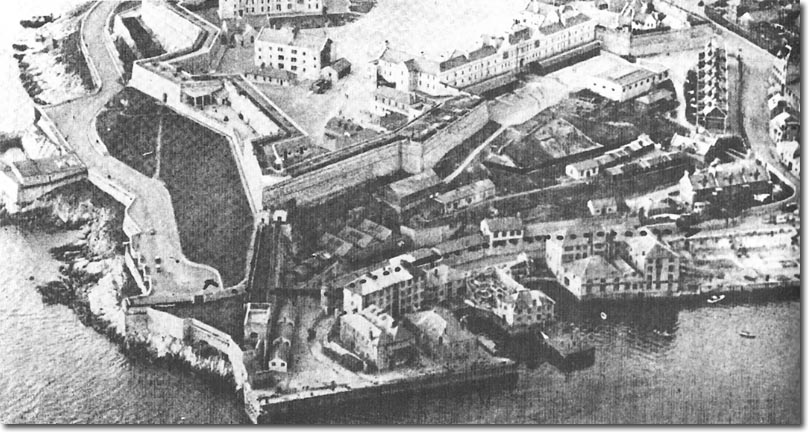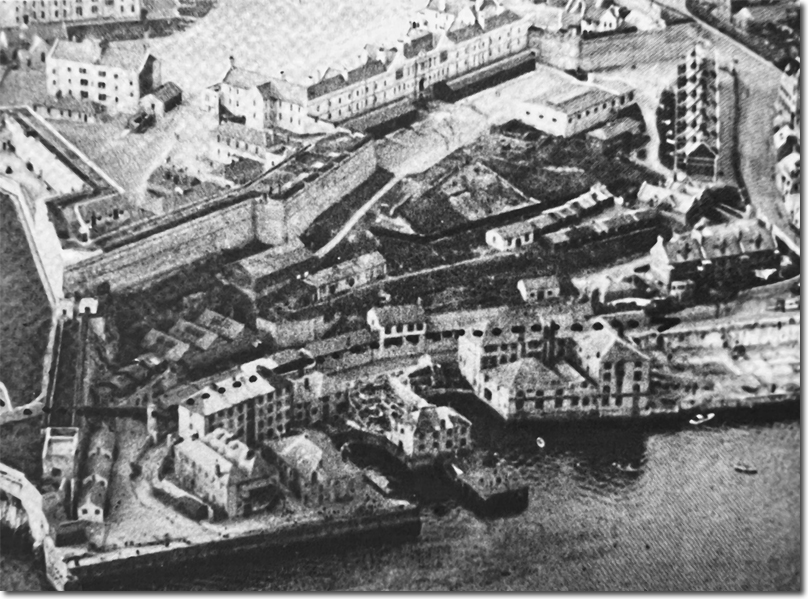|
|

 |
|
The Emigration Depot in Plymouth was constructed in 1847. This coincided with the potato famine in Ireland which meant that many hundreds of Irish people coming to Plymouth from Cork before seeking a better life elsewhere. Apparently it cost 10s 6d to cross to Plymouth and a further 14 pounds 14s to get to Australia. For just 8 pounds 8s they could get to North America instead. That year alone twenty-six vessels sailed from Plymouth carrying 1,730 emigrants.
In 1848 the South Devon Railway opened its line as far as Laira and a year later it completed its route into Millbay Station. With Plymouth now accessible from the north via the Bristol and Exeter Railway, this made the Port more attractive as a departure point. In 1848, 89 ships left with 8,505 emigrants and in 1849 it had risen to 130 ships carrying 15,895 people, of which 109 ships (14,118 people) went to Australia and 10 ships (1,171 emigrants) headed for Canada. An announcement in the Plymouth, Devonport and Stonehouse Herald in February 1860 concerning the awarding of contracts for board and lodging of emigrants stated that the depot must have sleeping and other accommodation for 150 adults at the same time and 'afford facilities for embarking the people and keeping them isolated when necessary, until embarkation.' In 1878, 100 ships took away 15,000 people. The record was 1,800 emigrants in a single week. Business was so good that in 1883 the contractor who ran the Depot, a Mr Arthur Hill, extended the Depot and made improvements like adding separate toilets. This resulted in 372 berths being available for single men, 402 for single women, and 344 for married couples with children. By 1893 financial problems in both America and Australia brought about the end to assisted passages and by 1897 the Depot was turned into the Government Torpedo Depot of the Royal Engineers. It was renamed as Elphinstone Barracks. The only building that remains from those days is the white house by Phoenix Wharf. |
 |
Empire in Your Backyard: Plymouth Article
Armed Forces | Art and Culture | Articles | Biographies | Colonies | Discussion | Glossary | Home | Library | Links | Map Room | Sources and Media | Science and Technology | Search | Student Zone | Timelines | TV & Film | Wargames